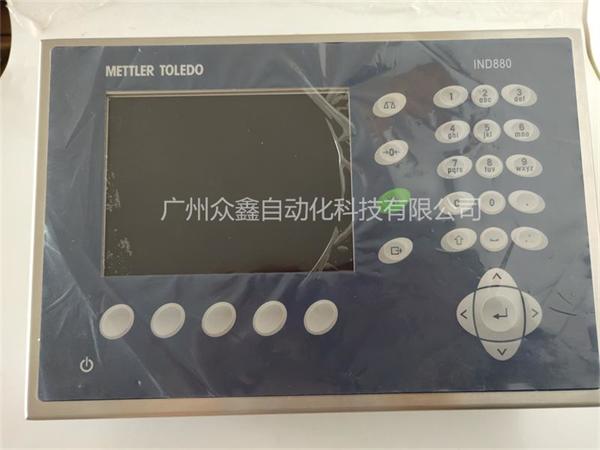push time:2023-06-26 Popularity: source:1
Weighing instrumentIt refers to the instrument used in electronic scales and other electronic scales to display the weight of the weighed item. Its structure is composed of the instrument shell, dial, pointer, error amplifier, reversible motor, balance bridge, and excitation power supply. In addition to displaying weight numbers, weighing instruments can also store, count, and print weight data.

The working principle of weighing instruments needs to be analyzed comprehensively based on the entire electronic scale. Let's first understand the structure of the entire electronic scale.
Electronic scales are generally composed of scales, weighing sensors, junction boxes, weighing display instruments, and other components. The first part is the scale body, which mainly serves as a load-bearing component; The second is a weighing sensor, whose main function is to convert the weight signal added to the weighing platform into a proportional electrical signal output; The third part is the display instrument, which mainly functions to amplify, filter, convert A/D, and digitally process the analog signal output by the sensor before displaying it on the display screen; The fourth is the external device part, which refers to the device connected to the signal output port of the display instrument and receiving the instrument output signal; Common external devices include printers, large screen displays, and computer management systems; In addition, there are analog output, fiber optic output, solid-state relay output, etc.
The working principle is roughly as follows:
Firstly, multiple weighing sensors aggregate the weight signals obtained by sensing heavy objects through a junction box before entering the instrument (if there is only one sensor in a weighing system, there is no need for a junction box for signal aggregation). The instrument amplifies, filters, and converts the weak weight signal (mV level) into A/D, and then displays the weighing signal on the digital screen through digital processing; In addition, for systems that require signals to be connected to devices such as PLCs, touch screens, computers, printers, etc., the weighing instrument will output different signals through interface circuits to transmit weight data and control signals to other system equipment; In order to meet the universality and convenience of the instrument, setting/calibration functions, zero setting and tare removal functions, zero tracking functions, preset point output functions, etc. are generally added to the weighing instrument.
Electronic weighing instruments can be divided into two categories based on the type of signal source, namely analog weighing instruments and digital weighing instruments.
The analog weighing instrument receives analog signals, and the scale body uses analog sensors to convert the weight added to the scale platform into a proportional electrical signal output due to the deformation of the elastic body causing the resistance value of the resistance strain gauge to change; The digital weighing instrument is a combination of modern electronic technology, microprocessing technology, digital compensation technology, and traditional strain gauge weighing sensors. It can calculate the weight through a computer and display, store, print, and transmit it based on the communication interface and protocol corresponding to the digital sensor.
Sales hotline:
Miss Chen: 18520271262
Miss Xie: 18688494254
Mr. Huang: 18688492451
Working hours:
Monday to Saturday9:0018:00
